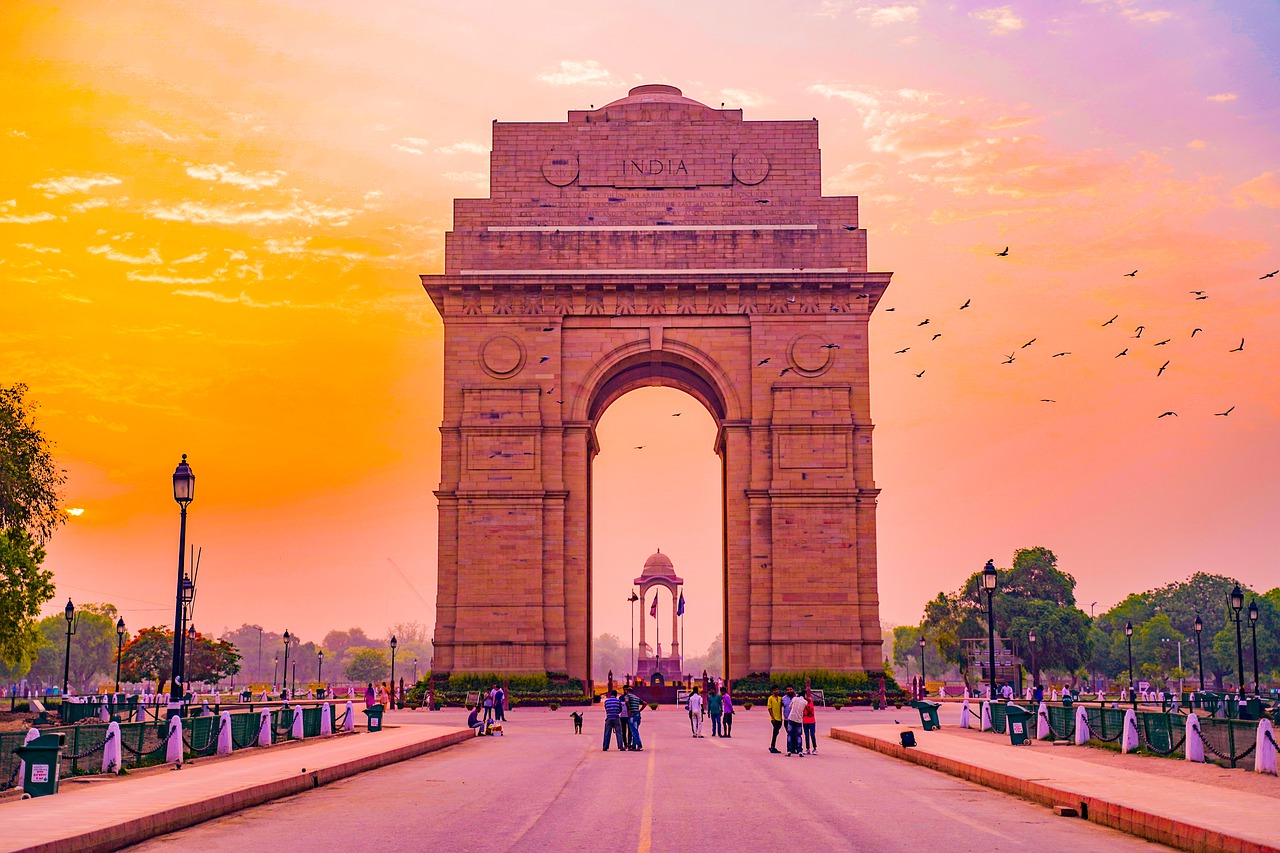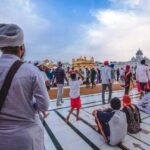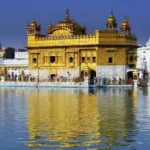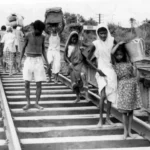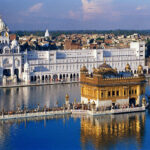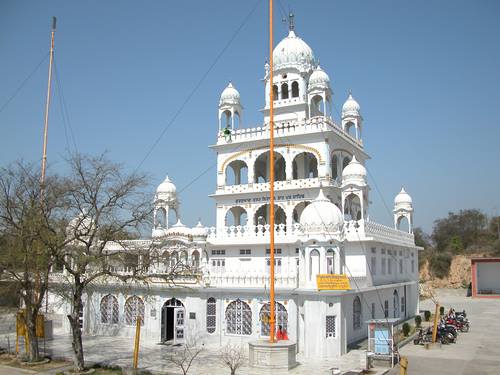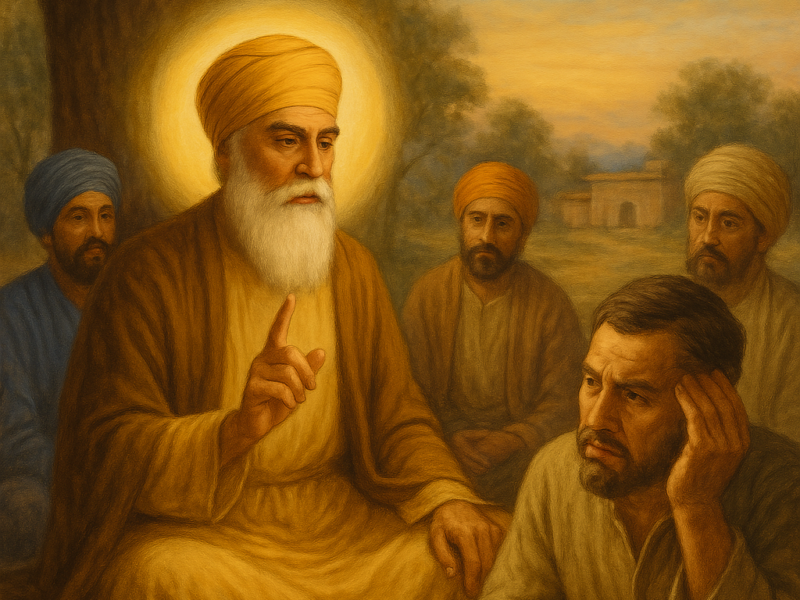Quit India Movement: 10 information related to the third largest movement for the country’s independence:
The longest battle to liberate India was initiated in 1942 by the British rule. The proposal for ‘British Quit India’ was passed at the Working Committee meeting of the Congress in Mumbai on August 8, 1942. The bugle had sounded against the British who ruled the country of India. The ‘British Quit India’ movement has played the biggest important role in forcing them to leave India. Gandhi ji has always taken the path of non-violence, whether it is any kind of protest, movement or revolution. ‘British India Leave’, also known as the August Revolution. Gandhi ji started a big and third movement against the British with the slogan ‘Do or Die’. Today is the 79th anniversary of the ‘British Quit India’ or ‘Quit India Movement’. 10 specific information related to the third largest movement –
- In the early hours of August 1.9, the British arrested all senior Congress leaders under ‘Operation Zero Hour’. Mahatma Gandhi was detained at Aga Khan Mahal in Pune and other Congress workers were imprisoned in Ahmednagar fort.
- The voices of rebellion against the British had intensified. The frightened British government banned all kinds of processions. It was the Congress which was declared an illegal institution. Gandhi ji was also held responsible for the damage caused across the country.
- The British had arrested other great agitators, including Gandhi ji, but anger against the British and India’s insistence on independence became overwhelming. The intensity of the movement was increasing rapidly. The British Government was surprised to see how the movement was taking place without a big leader.
- Stopping Andolan was coming out of the hands of the British Government. They then tried to stop the crowd with sticks and guns. But there was a growing anger against the British. The fury had arisen so much that no one could do anything. As all the members of the executive were also under house arrest in jail.
- Gandhi ji had said during his speech from The Gowalia Tank Ground, ‘I want to give you a mantra that you take into your heart, this mantra is “Do or Die”. Gandhi ji gave a speech for about 70 minutes.
- After the arrest of the leaders, the reins of the agitation had reached the hands of the common man. This movement was non-violence but had reached some other mode. The agitators resorted to violence against the British. About 250 railway stations, 150 police stations and about 500 post offices were set on fire.
- According to British government data, 940 people were killed and 1630 injured. By the end of the year, 60,229 people had made their arrests. But according to the Congress, about 10,000 people had lost their lives.
- The agitation was at its peak even after the arrest of the leaders. There were agitations both non-violent and violent. The flame of the Quit India Movement against the British Government did not seem to be extinguished in any way. In view of the anger and unity of the Indians, the British Government was convinced that they would now have to leave this country. There were indications from the British Government that the power would soon be handed over to the Indians. The flame of the biggest movement had organized India by 1943.
- 1947 Lord Mountbatten was appointed viceroy of India. Before him, Lord Wavell was the Viceroy. The struggle continued thereafter and India became independent on 15 August 1947. And the first Prime Minister of the country, P. Jawaharlal Nehru, had hoisted the flag.
- Gandhi ji played an important role in liberating the country. But on the evening of August 14, 1947, i was feeling the need for independence. Jawaharlal Nehru was presenting the speech but Gandhi ji did not attend the moment of independence. Because communal violence between Hindus and Muslims was going on in Noakhali in Bengal in those days. And he had vowed that he would continue to sit on a fast till the matter was resolved.
